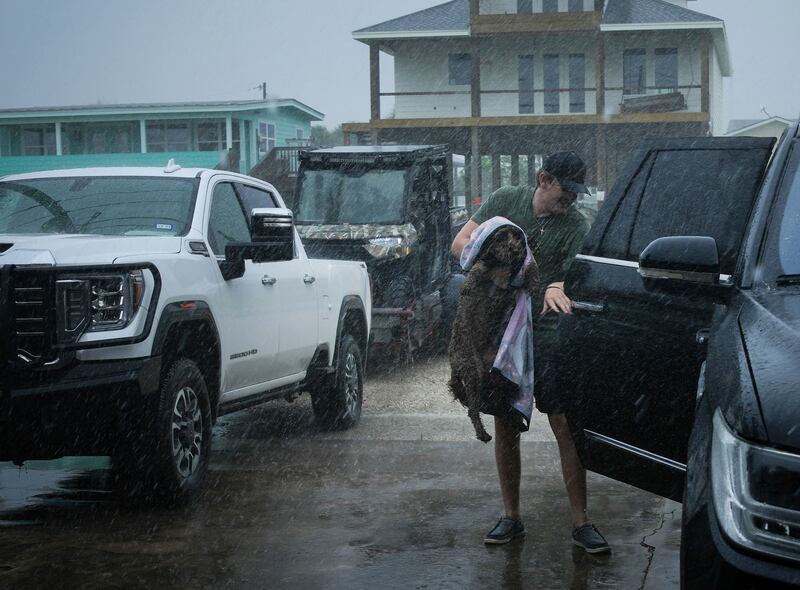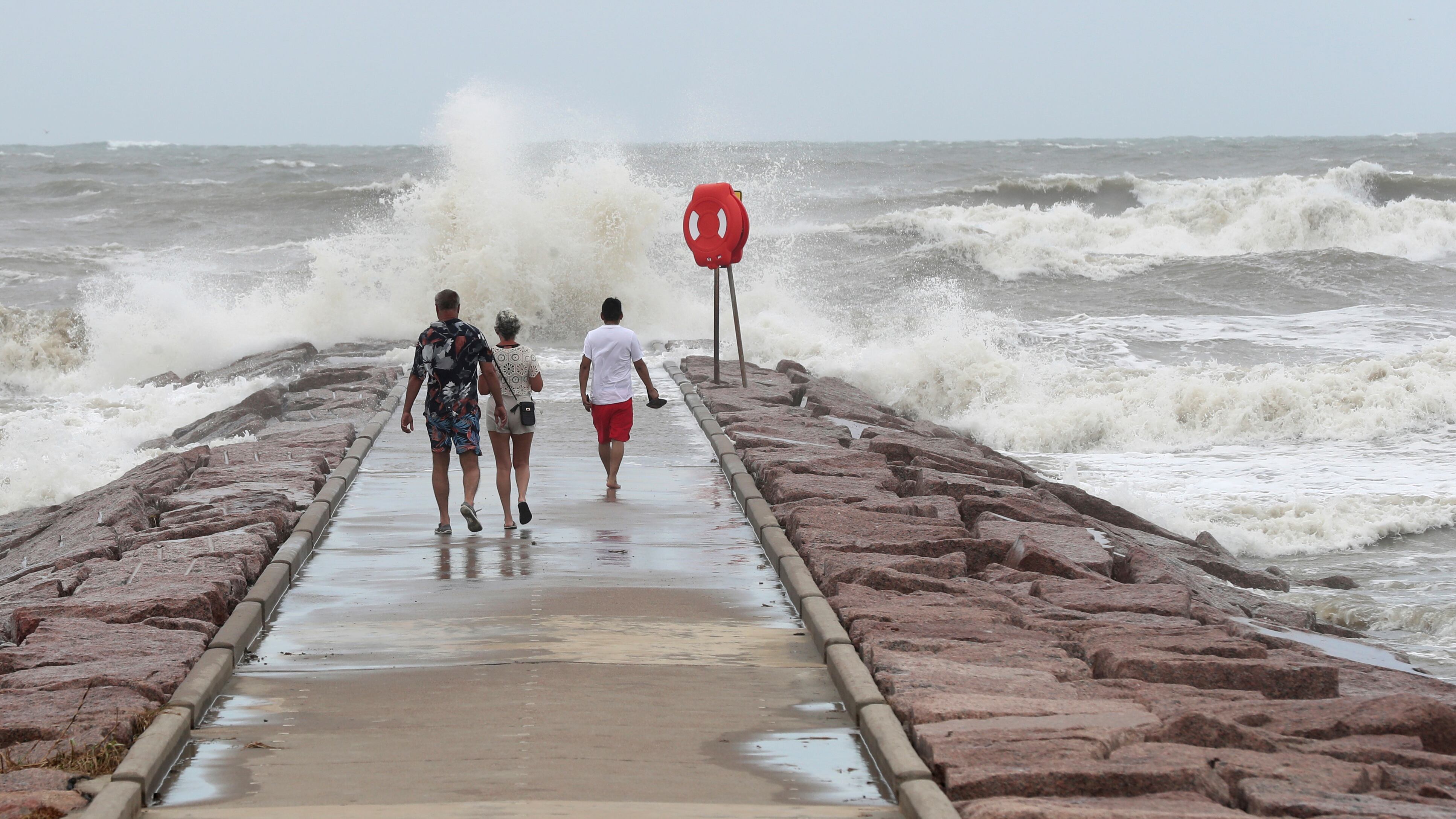Power outages were piling up on the Texas coast after Beryl made landfall on Monday and hit Houston with intense downpours and powerful winds as it moved inland.
Hurricane Beryl made landfall in Texas this Monday, leaving over a million customers without electricity and causing severe flooding in Houston due to strong winds and torrential rains. Residents prepared by covering windows and evacuating coastal areas.
PUBLICIDAD
Damage in Texas and the Caribbean
More than one million customers were left without electricity after the passage of Beryl, according to CenterPoint Energy. The storm, which is expected to weaken to a tropical storm and then to a tropical depression, caused flooding that blocked roads in Houston and led to the cancellation of more than 1,000 flights at local airports.

"Beryl is moving inland, but this is not the end of the story yet," said Jack Beven, hurricane specialist at the National Hurricane Center. With maximum sustained winds of 120 km/h (75 mph) on Monday, the storm continues to pose a significant threat to eastern Texas and Louisiana.
Beryl left a trail of destruction in Mexico and the Caribbean before reaching the United States, with at least 11 deaths reported as it passed through several islands and coastal nations.
Preparations and emergency response
Texas authorities warned residents about the possibility of power outages and floods. People covered windows with boards and many evacuated coastal areas. In Corpus Christi, visitors were advised to shorten their trips and return home early. The Federal Emergency Management Agency (FEMA) sent rescue teams and resources to Texas.
Along the coast, local authorities also banned camping on the beach and urged tourists to remove their recreational vehicles. In Port Lavaca and other towns, residents took preventive measures while expressing concern about the intensity of the hurricane.
The center of the hurricane is expected to pass through eastern Texas and then through the Mississippi and Ohio Valley, bringing with it heavy rains and winds. Meteorologists predict that some areas could receive up to 25 centimeters of rain, which could lead to flash floods in the central and northern regions of Texas, as well as in Arkansas.
